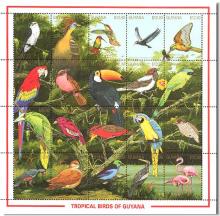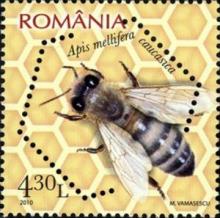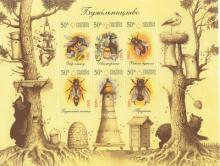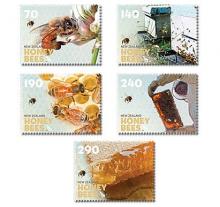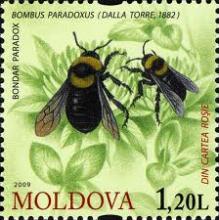
Previous research has suggested positive associations between parental or childhood exposure to pesticides and risk of childhood brain tumors (CBT). This Australian case–control study of CBT investigated whether exposures to pesticides before pregnancy, during pregnancy and during childhood, were associated with an increased risk. Cases were recruited from 10 pediatric oncology centers, and controls by random-digit dialing, frequency matched on age, sex, and State of residence. Exposure data were collected by written questionnaires and telephone interviews. Data were analyzed by unconditional logistic regression. The odds ratios (ORs) for professional pest control treatments in the home in the year before the index pregnancy, during the pregnancy, and after the child’s birth were 1.54 (95 % confidence interval (CI): 1.07, 2.22), 1.52 (95 % CI: 0.99, 2.34) and 1.04 (95 % CI: 0.75, 1.43), respectively. ORs for treatments exclusively before pregnancy and during pregnancy were 1.90 (95 % CI: 1.08, 3.36) and 1.02 (95 % CI: 0.35, 3.00), respectively. The OR for the father being home during the treatment was 1.79 (95 % CI: 0.85, 3.80). The OR for paternal occupational exposure in the year before the child’s conception was 1.36 (95 % CI: 0.66, 2.80). ORs for prenatal home pesticide exposure were elevated for low- and high-grade gliomas; effect estimates for other CBT subtypes varied and lacked precision. These results suggest that preconception pesticide exposure, and possibly exposure during pregnancy, is associated with an increased CBT risk. It may be advisable for both parents to avoid pesticide exposure during this time.

